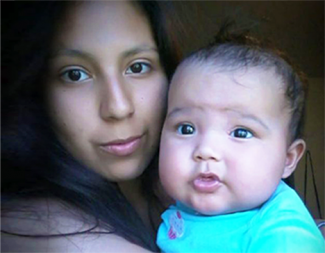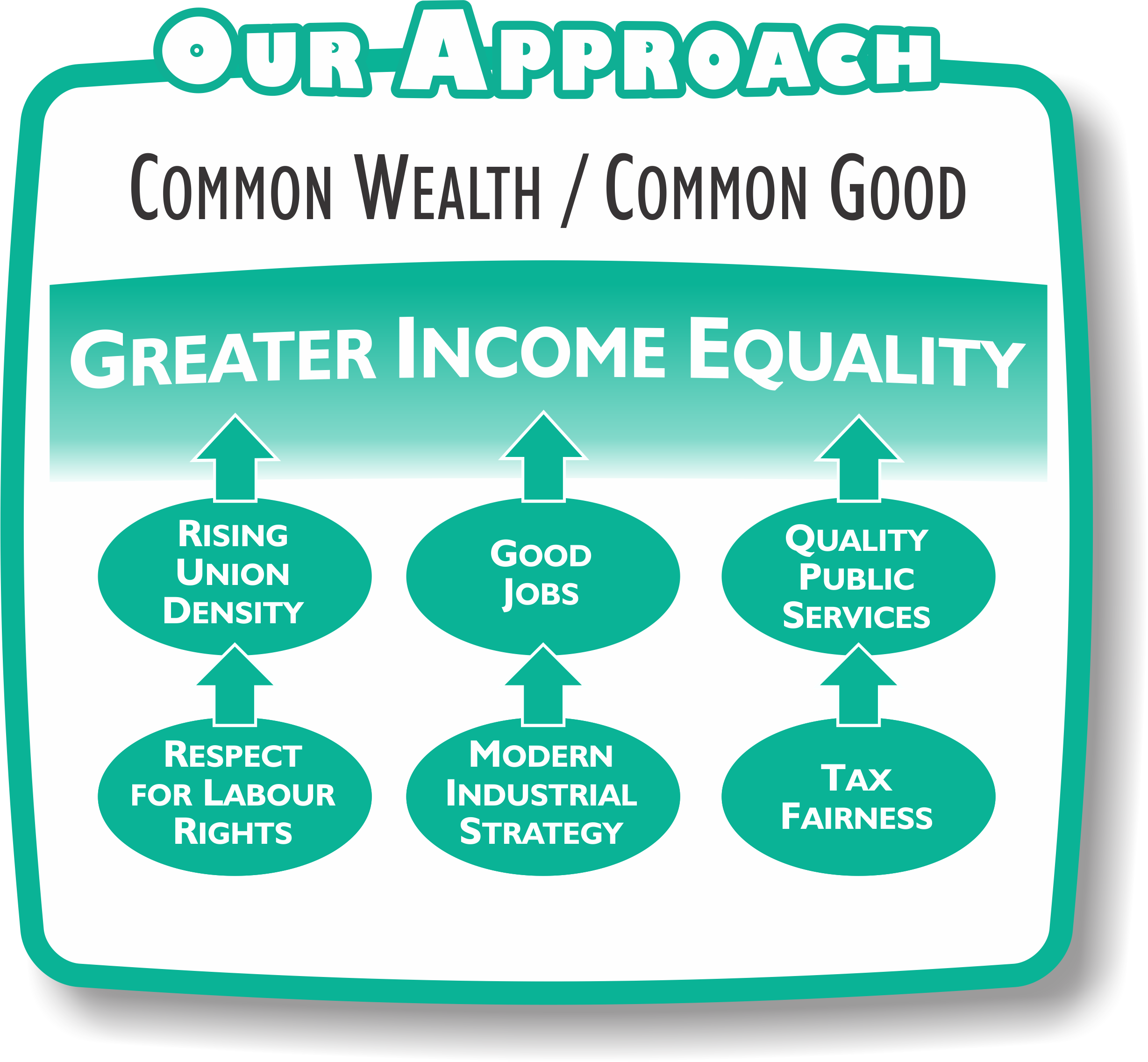HEALTH GAP
Being indigenous is dangerous to your health far too often

BEING INDIGENOUS IN CANADA IS NOT GOOD FOR YOUR HEALTH. It wasn’t in the bad old days of European conquest and it still isn’t.
The days of handing out smallpox infected blankets are over. But there is still a yawning health gap between our indigenous citizens and the rest of us.
Despite the real achievements of Medicare, Canada’s health and healthcare statistics reveal an uncomfortable truth: good health in Canada is unequally distributed.
The average life expectancy of Canadians, for example, compares reasonably well with that of Western European countries in general. But when that average is broken out to show the life expectancies of indigenous peoples compared to the rest of our population, we can see a significant divergence.
Inuit men can expect to live fifteen years less than Canadian males on average, and Inuit women, ten years less. For First Nations and Métis, the differences, while not as stark, are still considerable.
When it comes to infant mortality, Canada does not fare well, even on average, with a rate described by the Conference Board of Canada as “shockingly high” in relation to other OECD countries—4.5/ 1000 live births.
Indigenous baby death rate is much higher
But for indigenous peoples, those bad numbers are far worse—as much as 190% higher for First Nations and a staggering 360% higher for Inuit-inhabited areas.
Despite the fact that there is a special federal program providing prescription drugs, dental and vision care, medical supplies, mental health services, and other benefits to these groups, other health indicators present the same dismal picture:
- the suicide rate among the Inuit is 11 times the national average
- youths on First Nations reserves are 5-6 times as likely to commit suicide than non-indigenous youth
- indigenous people as a whole have three times the rate of Type 2 diabetes as the rest of the population
- dental disease is twice as prevalent
- obesity rates are significantly higher.
Many factors to blame for this health gap
Several factors, geographical, economic and social, account for these and other sharp differences.
Many of the communities in which these groups live are geographically remote, so that healthcare delivery is often hit-or-miss.
Relatively high rates of poverty among these groups also play an obvious role. Obesity, for instance, is related to food insecurity. Indigenous peoples experience from twice to more than three times the rate of food insecurity as non-indigenous. Between 2008-2010, more than 50% of on-reserve First Nations families found themselves unable to obtain sufficient amounts of nutritious food. For Inuit, food insecurity has been described as a “national crisis.” Affordability is a key issue.
Canadian government treatment of indigenous peoples has ranged from actively genocidal to stiflingly paternalistic. Yet progress, while painfully slow and difficult, is now being made, including on the health front.
The federal government, for example, is moving away from top-down health planning towards a decentralized, Aboriginal-run health delivery model. (The previous government deeply slashed funding to indigenous health organizations, forcing many of them to fold.)
Thanks to a ten-year legal battle waged by children’s advocate Cindy Blackstock, First Nations children can now look forward to receiving the same social services as non-Aboriginal children, with obvious positive effects on their health and development.
Eliminating the health gap is a long-term project, of course—itself a part of the much larger project of reconciliation in which Canada is currently engaged. Somehow we appear to have made our way to the starting-gate, at least. Now, as equal partners, the real work begins.
- 30 -












Add new comment